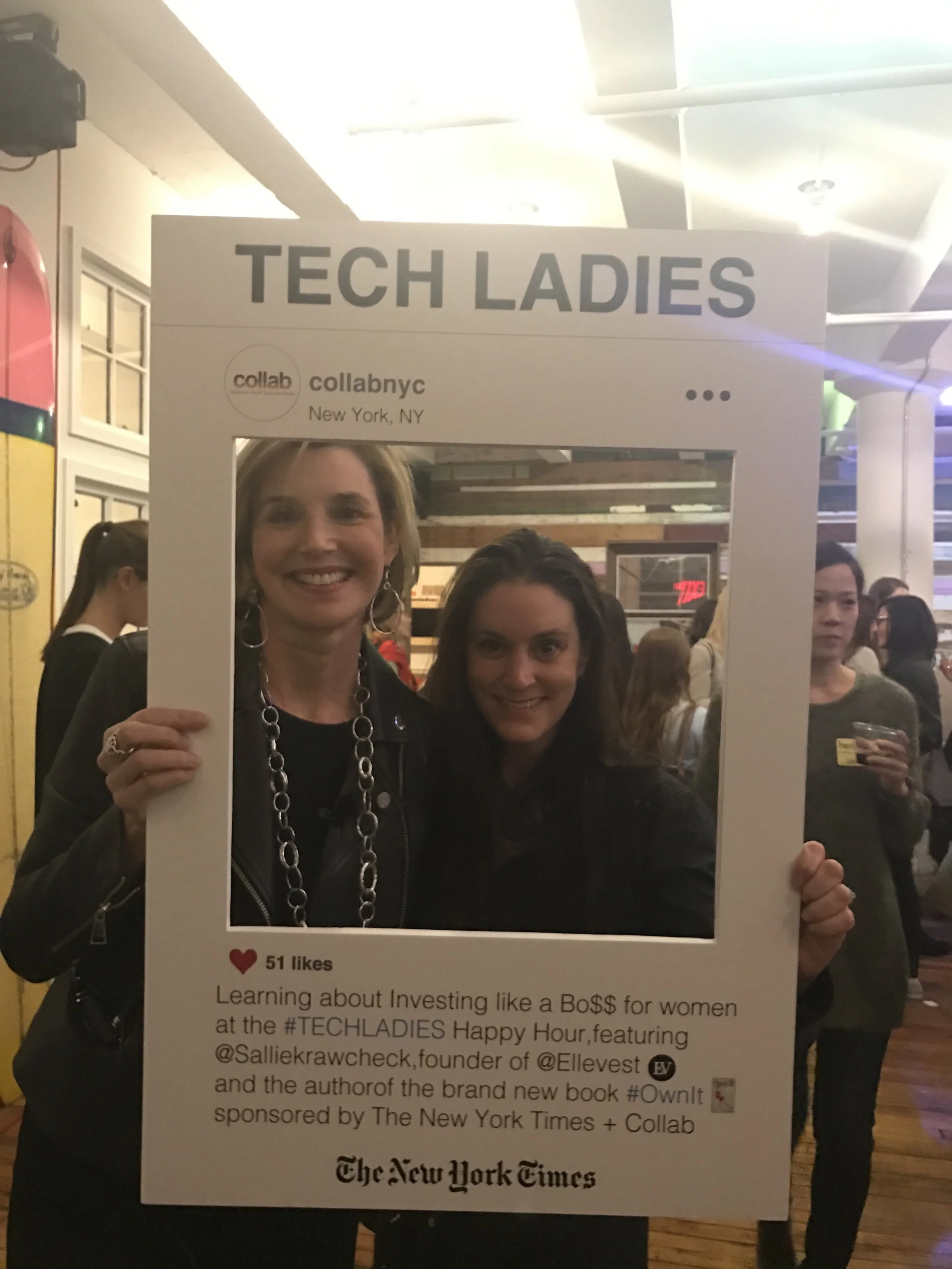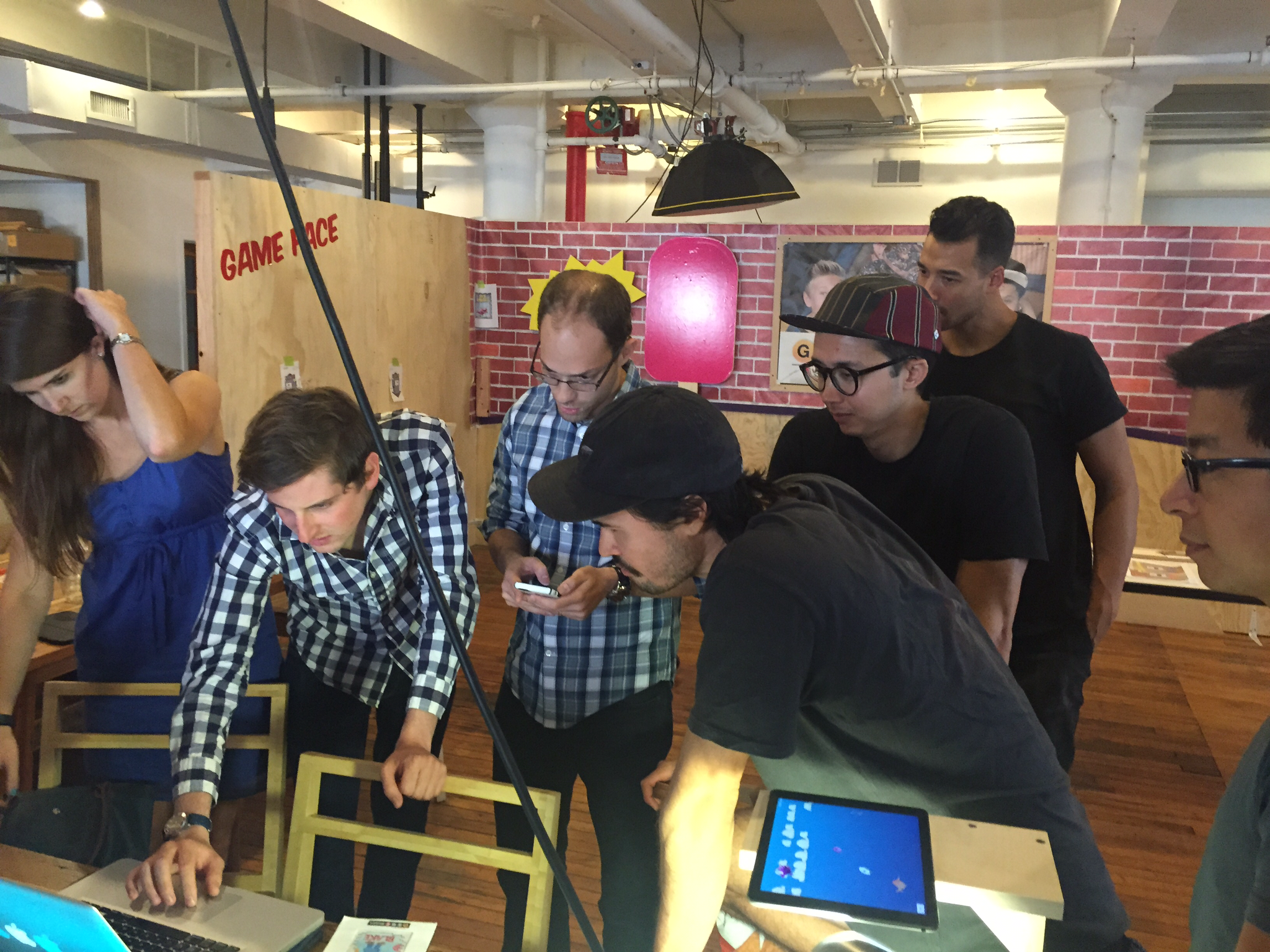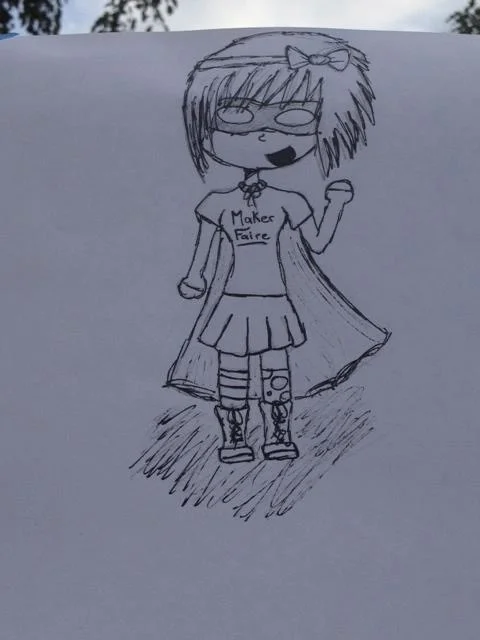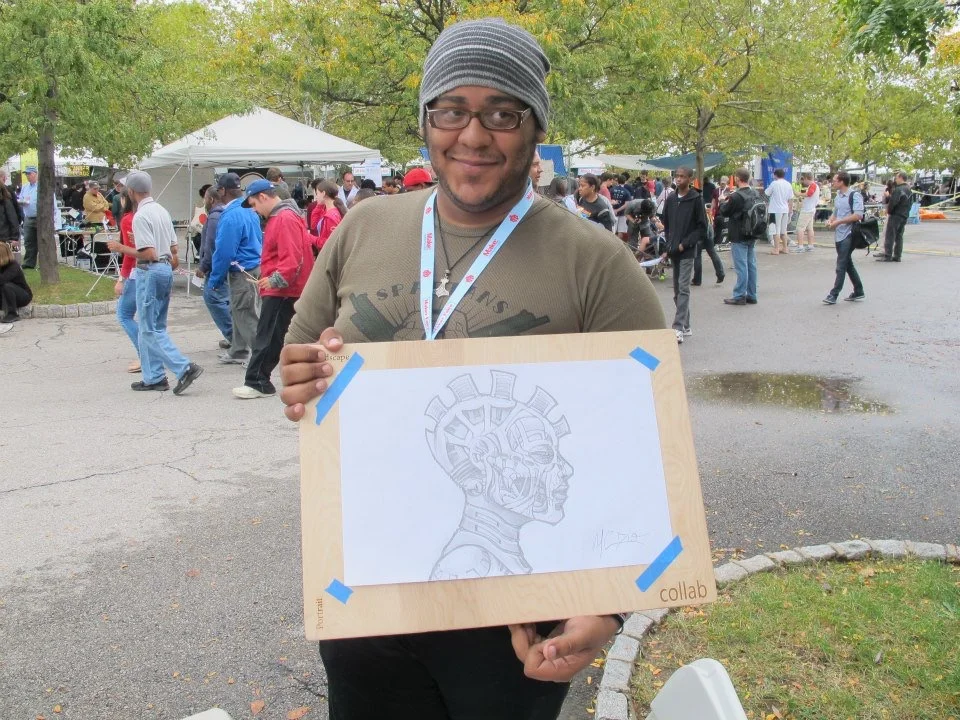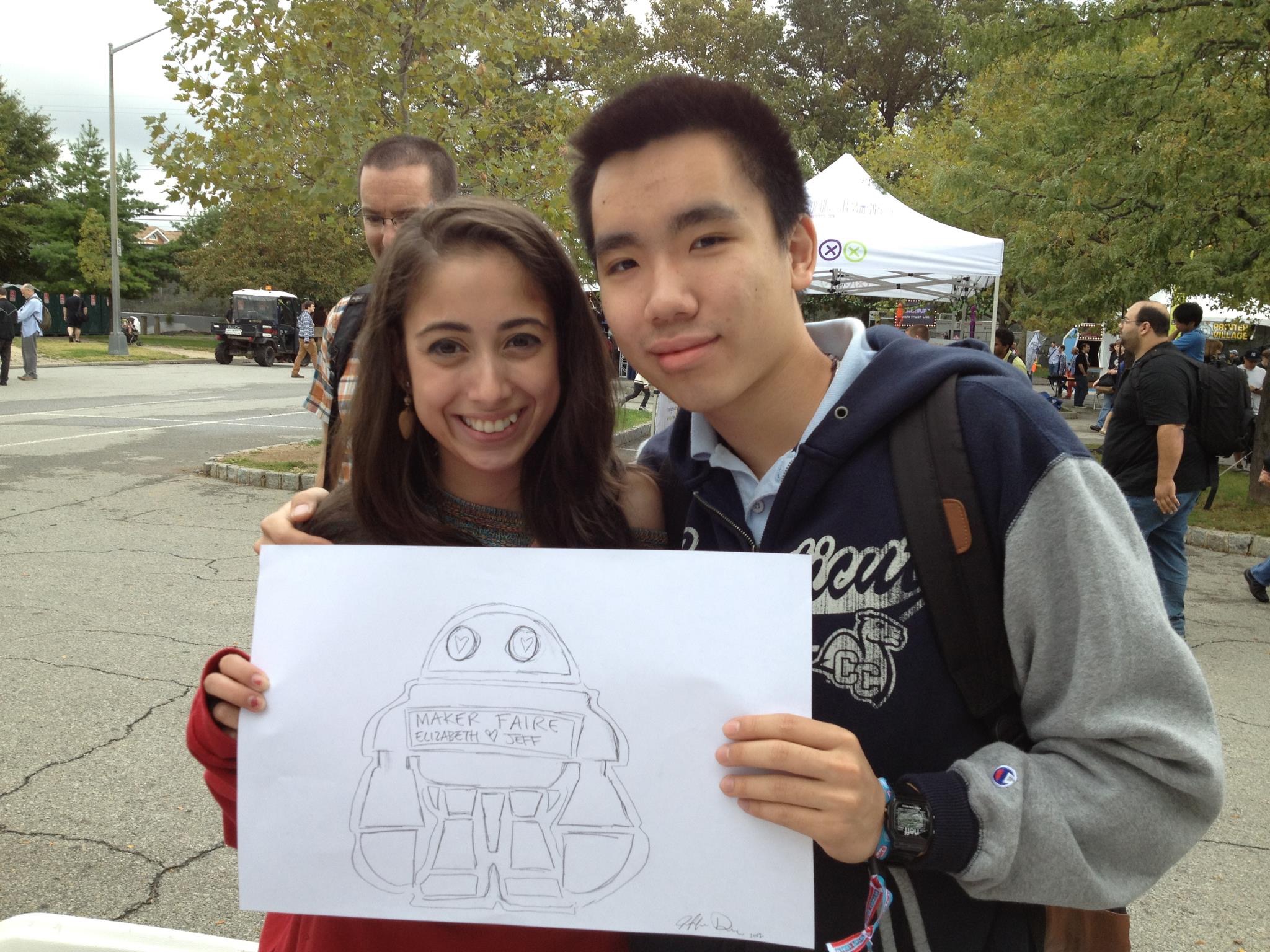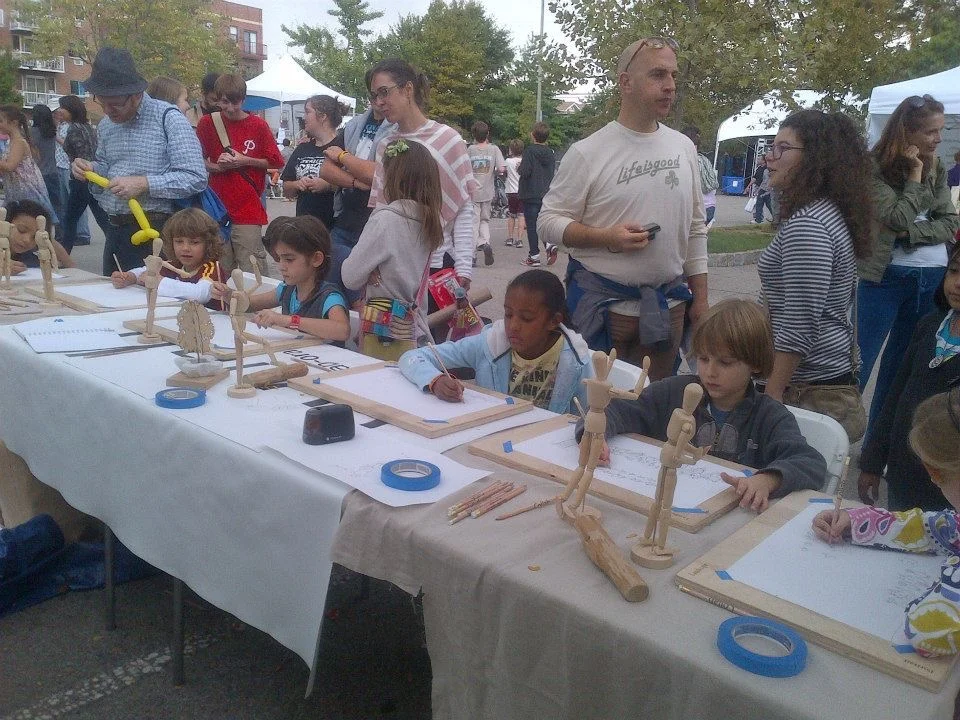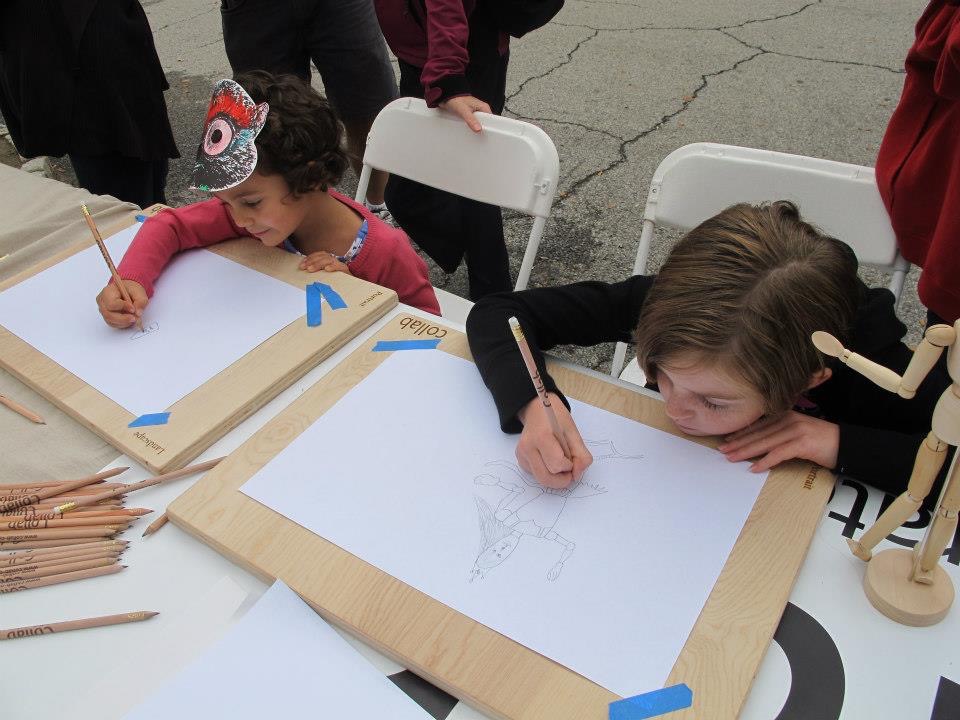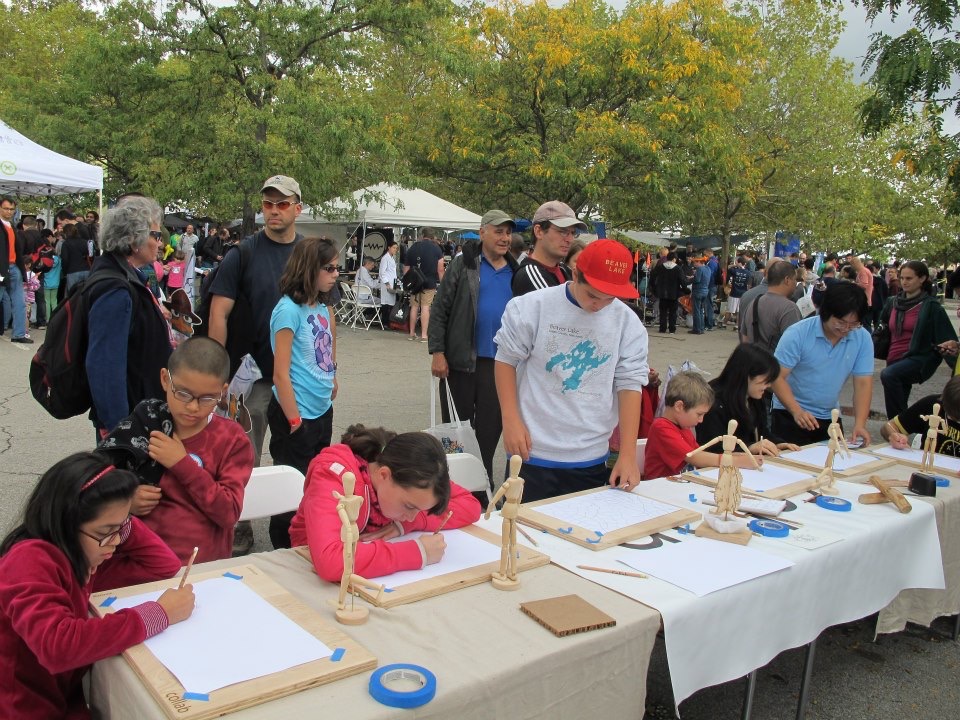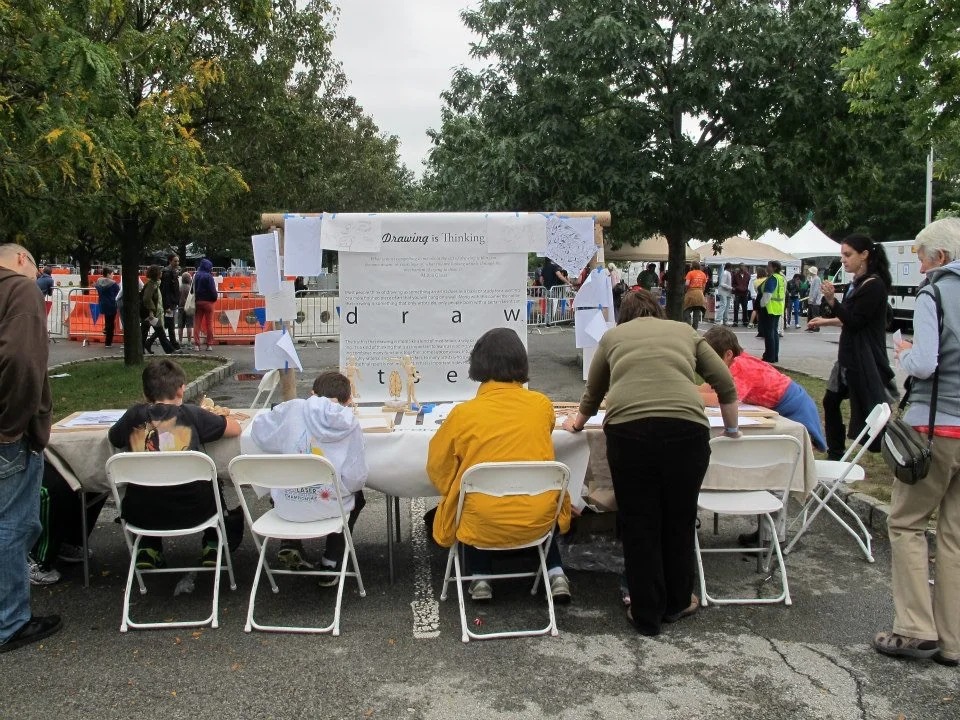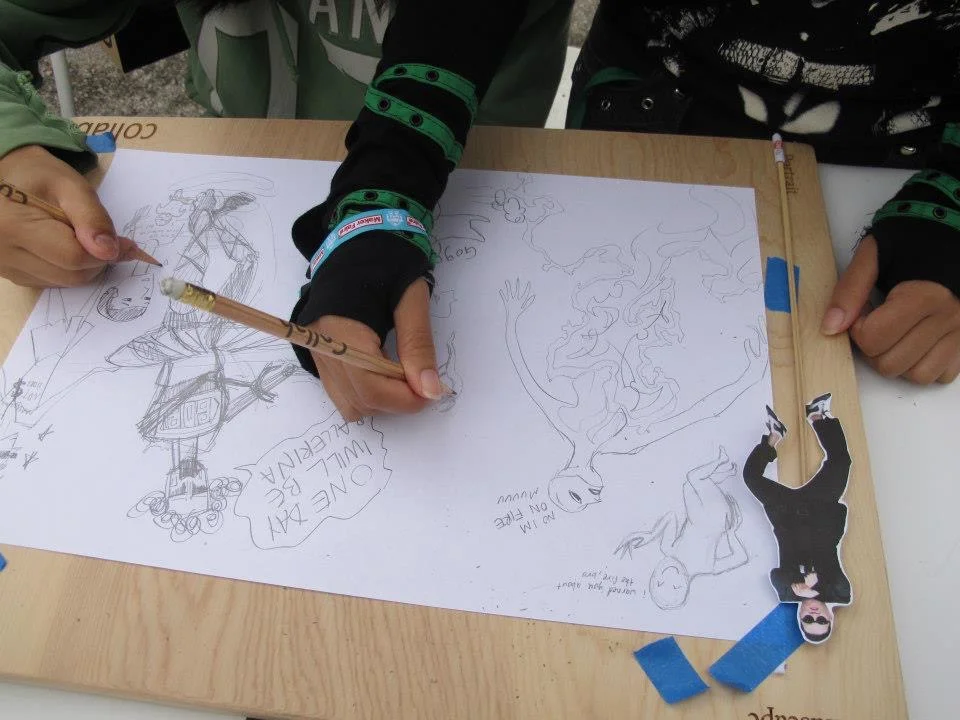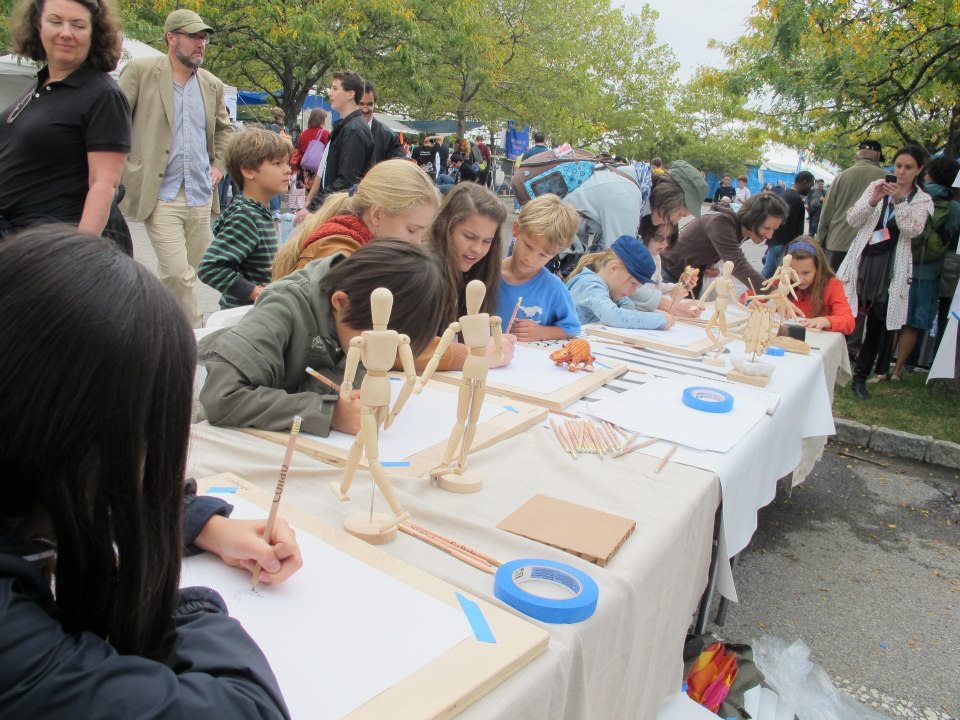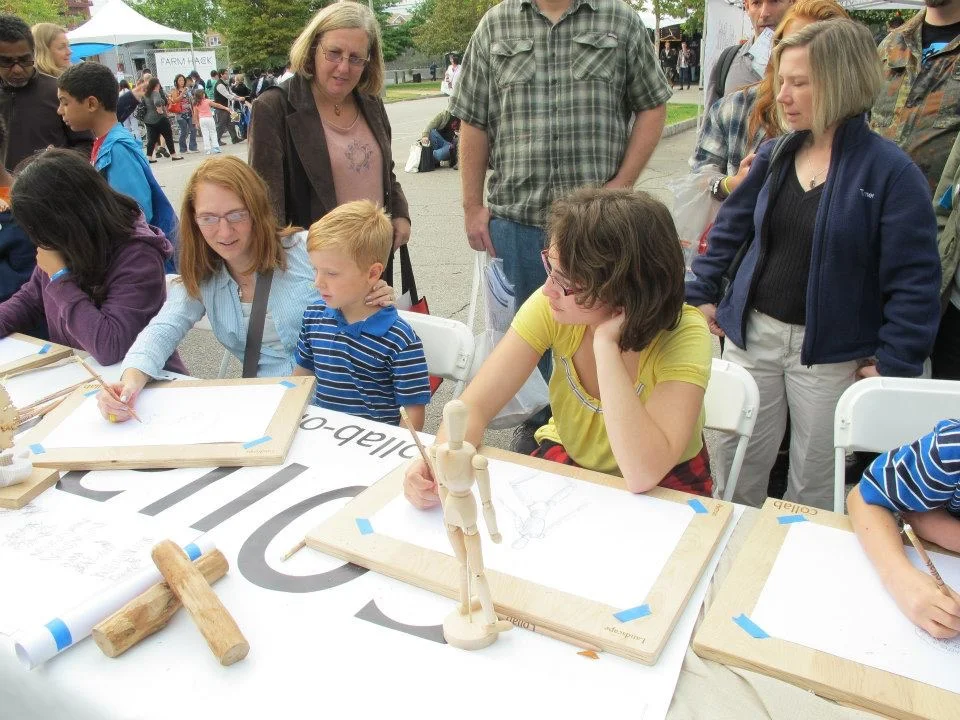A few years ago, Maker Media called and asked if Collab would be interested in participating in Maker Faire at the NY Hall of Science. Collab and Make have had a long history together. On a personal note, Make and the maker community has been a huge inspiration and support for me. We actually hosted a meet-up for them when Maker Faire was preparing to come to New York. The community that Dale Dougherty along with Sherry Huss and the whole team at Maker Media has built has created an open invitation for makers to create, build, and innovate. Born from this movement, so many opportunities for innovation and education have been created. I wish that this community was part of my youth and education.
Having built an electronic coloring booth the previous year, we were familiar with the projects and experiences featured at Maker Faire. To sum it up, it's a cornucopia of Robots, 3D Printers, electronic inventions, soldering stations, go-carts, and every other 21st Century reincarnation of an Elizabethan Era Renaissance Faire you could imagine.
So when Make invited us, we agreed to participate again. But that meant trying to figure out an activity that would be a unique compliment to the Faire. We didn't want to compete with the other high velocity, high volume showcases. It took us a couple of days to land on an idea, but what we came up with was in complete contrast to everything else we thought would be presented at the Faire. Instead of turning up the volume, we decided to go in the opposite direction, and bring back the quiet of silent films, before everyone started talking. The idea was to create a drawing station based on Milton Glaser's book Drawing is Thinking. His fundamental idea from his book is that drawing is not simply a way to represent reality, but a way to understand and experience the world. Since most of the attendees of Maker Faire are of this new era, we thought, "what if we created a low-tech drawing experience where we built drawing boards in our wood shop, supplied 1000 pencils, some drawing figurines, and a few reams of paper, and just let kids draw. How would that go over?"
We were a bit concerned. On the positive side, we knew we wouldn't be competing with anyone, that we would be the only drawing booth. But we were a little concerned that our silence would get drowned out by all the beeping, roaring, and flashing lights of life-sized robots, volcanic video games and go-cart races. We decided to build the booth in spite of these concerns.
The first day of Maker Faire, we set up our drawing station, and posted a manifesto inspired by Milton Glaser's book on a large canvas behind the drawing tables. We laid out the wooden sketching boards, taped pieces of paper to them with painter's tape, scattered dozens of pencils on the table, and set the wooden sketching figurines in front of each board as inspiration.
The first few minutes seemed like hours. We watched kids walk past our booth and to the familiar destinations. I was thinking we had made a big mistake. There was no sign of excitement at our booth and we were literally in the epicenter of excitement. Drones flying over head, 3D printers, Robots, and go carts. I started thinking, "there's no way a pencil and paper is going to grab a kid's attention here." But then what happened was charming. About an hour in, a kid with his parent walked up to our booth. He was curious about the pencils. He picked one up and said, "Is this a real pencil? I've never held a real pencil before." And then another family came over, and the mother sat her kids down at the table and told them to draw something. As more people started to come over, others became interested in what was happening. And as the numbers of people grew around out booth, people began standing next to one another, talking to one another, drawing together. Parents began telling stories about how they used to draw as kids. .
Conversations between strangers were happening behind the silence of kids and adults drawing. And then what I consider the most beautiful part of the experience happened. People who had never met started giving their drawings away to one another. Kids would watch in silent disbelief as a person of artistic talent drew. I watched the exchange from the side as a shy kid asked a person who had just finished a drawing if she could have it. And I watched as the person gave the kid the drawing. That small act, witnessed by everyone at the booth, started a trend that continued all day.
For those who weren't asked to give their drawings away, we asked if they'd like us to hang their drawings up on the fence around our booth. And that started the next exchange. Within hours, we looked behind us to see hundreds of drawings taped up around the booth, an art gallery created on the spot by strangers, all displaying their work together.
Here are some images from the day:




